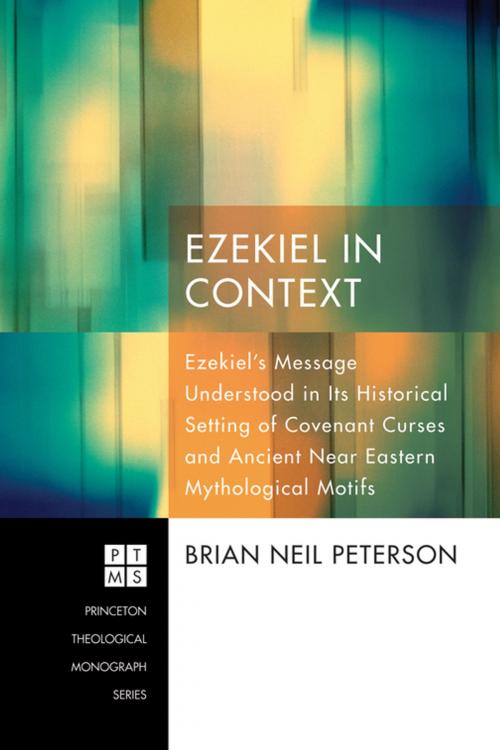Ezekiel in Context
Ezekiel’s Message Understood in Its Historical Setting of Covenant Curses and Ancient Near Eastern Mythological Motifs
Nonfiction, Religion & Spirituality| Author: | Brian Neil Peterson | ISBN: | 9781630878061 |
| Publisher: | Wipf and Stock Publishers | Publication: | May 3, 2012 |
| Imprint: | Pickwick Publications | Language: | English |
| Author: | Brian Neil Peterson |
| ISBN: | 9781630878061 |
| Publisher: | Wipf and Stock Publishers |
| Publication: | May 3, 2012 |
| Imprint: | Pickwick Publications |
| Language: | English |
One of the most perplexing and misunderstood books of the Bible, Ezekiel has left many scholars and exegetes scratching their heads regarding its message, coherency, and interpretation. Brian Peterson's look at the book of Ezekiel as a unified whole set within an exilic context helps explain some of the more difficult symbolic aspects in the book and makes Ezekiel as a whole more intelligible. Drawing on ancient Near Eastern concepts and motifs such as covenant and treaty curses, the various gods that made up the Babylonian pantheon, and the position that Israel held as the people of Yahweh, Peterson enlightens readers by showing that Ezekiel can only be understood in its original context. By placing the book first in its historical context, Peterson demonstrates how the original hearers of its message would have understood it, and how this message can be appreciated and applied by people today as well.
One of the most perplexing and misunderstood books of the Bible, Ezekiel has left many scholars and exegetes scratching their heads regarding its message, coherency, and interpretation. Brian Peterson's look at the book of Ezekiel as a unified whole set within an exilic context helps explain some of the more difficult symbolic aspects in the book and makes Ezekiel as a whole more intelligible. Drawing on ancient Near Eastern concepts and motifs such as covenant and treaty curses, the various gods that made up the Babylonian pantheon, and the position that Israel held as the people of Yahweh, Peterson enlightens readers by showing that Ezekiel can only be understood in its original context. By placing the book first in its historical context, Peterson demonstrates how the original hearers of its message would have understood it, and how this message can be appreciated and applied by people today as well.















